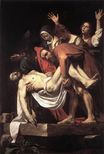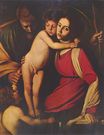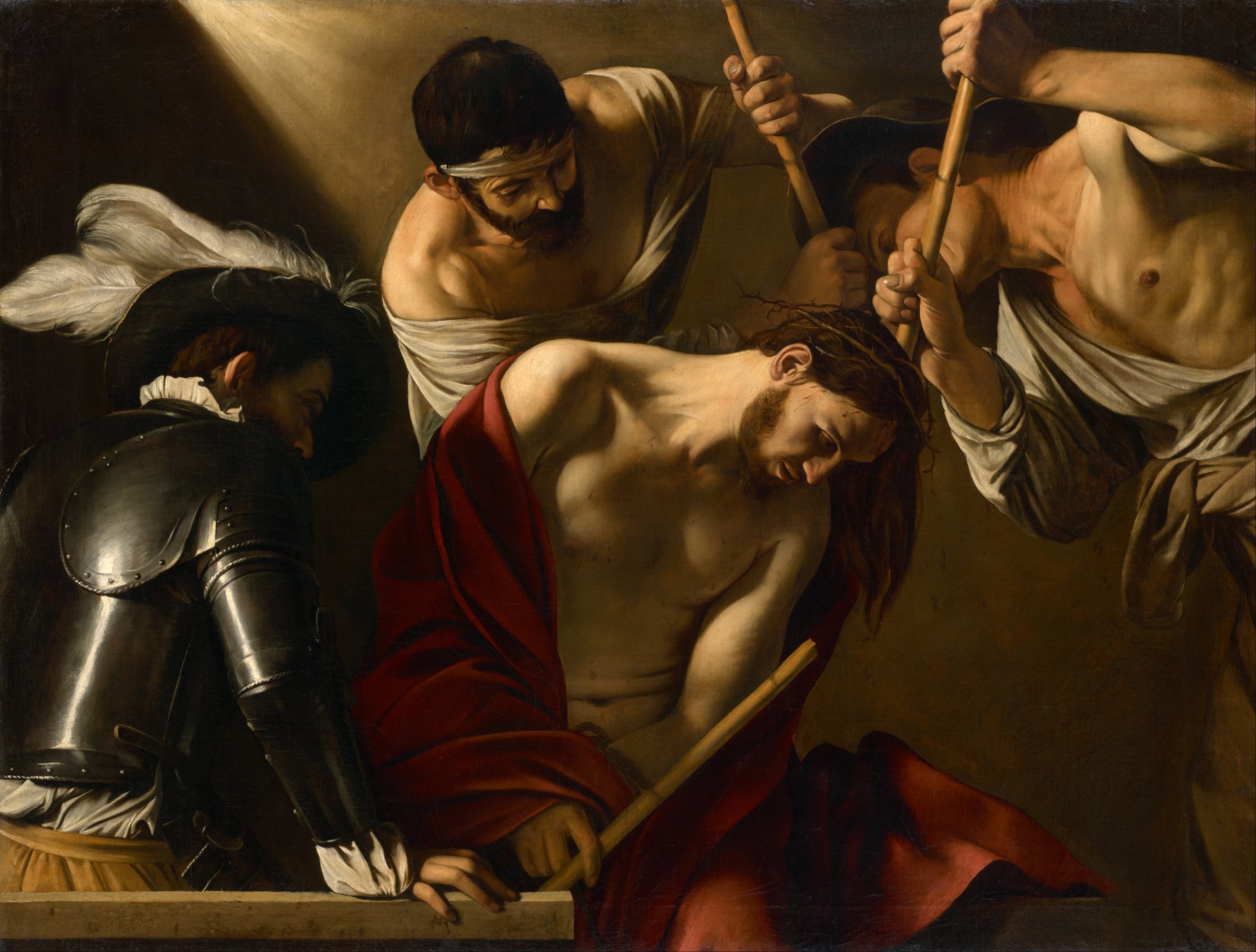Caravaggio - The Crowning with Thorns 1602-1604
 |
 |
 |
 |
 |
 |
 |

The Crowning with Thorns 1602-1604
127x166cm oil/canvas
Kunsthistorisches Museum, Vienna, Austria
The image is only being used for informational and educational purposes
<< Previous G a l l e r y Next >>
From Wikipedia, the free encyclopedia:
Caravaggio's patron Vincenzo Giustiniani was an intellectual as well as a collector, and late in life he wrote a paper about art in which he identified twelve grades of accomplishment. In the highest class he named just two artists, Caravaggio and Annibale Carracci, as those capable of combining realism and style in the most accomplished manner. This Crowning with Thorns illustrates what Giustiniani meant: the cruelty of the two torturers hammering home the thorns is depicted as acutely observed reality, as is the bored slouch of the official leaning on the rail as he oversees the death of God; meanwhile Christ is suffering real pain with patient endurance; all depicted within a classical composition of contrasting and intersecting horizontals and diagonals.
The theme of pain and sadism is central to the work. John Gash points to the way the two torturers ram the crown down with the butts of their staffs, "a rhythmic and sadistic hammering." Robb mentions that the painting is about "how ... to give pain and feel pain, and how close pain and pleasure sometimes were, how voluptuous suffering could be on a golden afternoon."